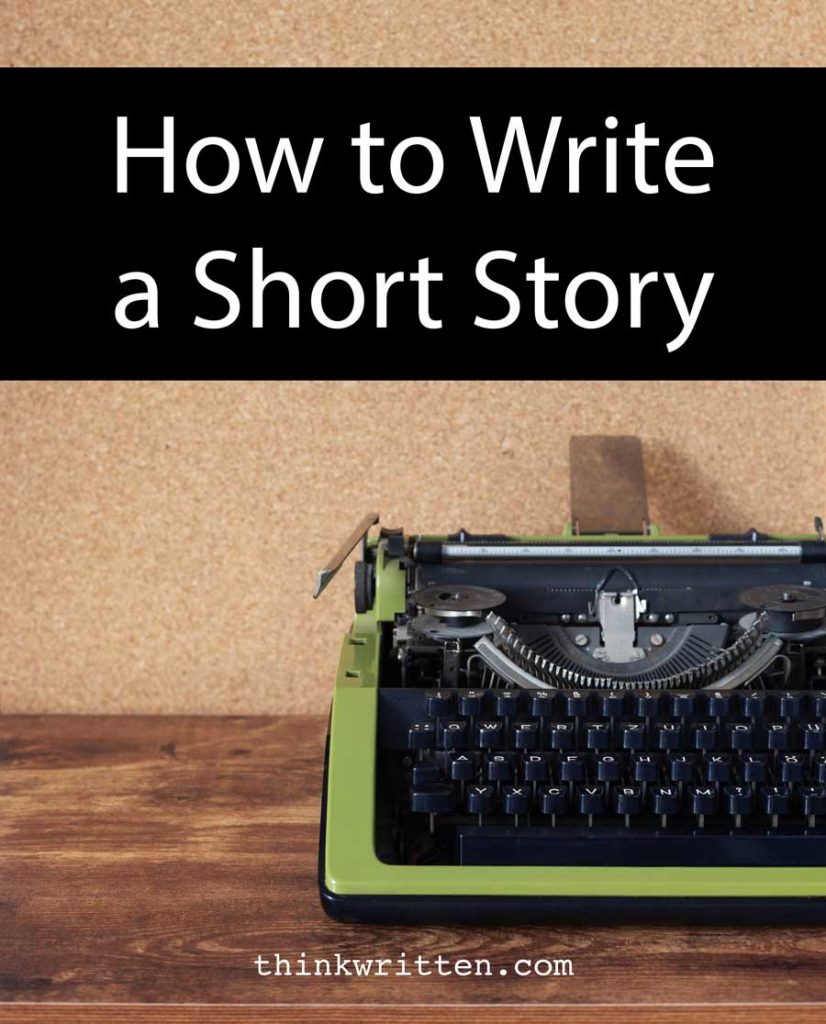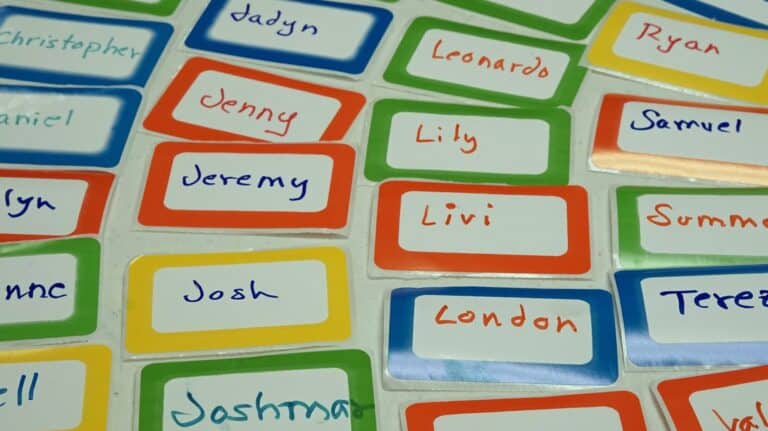We may receive a commission when you make a purchase from one of our links for products and services we recommend. As an Amazon Associate we earn from qualifying purchases. Thank you for support!
Writing a short story can seem daunting. Fortunately, it doesn’t have to be overwhelming. Today’s post can help you get started in learning how to write a short story successfully and provide that much needed motivation to get started.

Why Write a Short Story?
I have a confession to make.
I am a writer that has not written a word outside of these articles for some time. Writing them has made me realize that I left a world of magic behind.
It has been calling to me, louder and louder since I’ve been working on these pieces, and I have come to the decision that I will eventually be starting work again on a novel.
But novels are marathons of 50,000 words or more, and if you have ever wanted to get back into exercise after a long period of remaining sedentary, you’ll know that marathons are not something you just do.

It makes sense to build your way up to the task of writing a novel, so start with some short fiction instead. After this article, I may do just that. And if I do, I’ll be sure to share it with all of you lovely readers.
Writing a short story is a fantastic creative writing exercise that can help you get back on the path as a writer, especially if it’s been awhile since you’ve written anything or if you also feel daunted by writing a complete novel.
What Makes a Story Short? A Brief Word About Word Count

Let’s get the technical details of what makes a short story a short story out of the way. Short stories are fictional writings of 7,500 or fewer words, with the shortest of the shorts – the micro-flash fiction – being no more than 500 words
Hemingway is often credited – and scholars can contest the details of that all they want – with one of the shortest at 6 words long: “For Sale: Baby shoes, never worn.”
The main categories of shorts are further divided into subcategories, but the main takeaway here is that your short fiction can be as short as you want it to be, but shouldn’t surpass 7,500 words.
Longer than that and it becomes a novelette (7,500 – 20,000 words). How long you should make your story depends on one thing only – how much story do you have to tell? To know the answer to that, you have to get an understanding of your story’s concept.
How to Conceptualize Your Story

The concept of the story is the underlying idea behind the entire narrative.
In academia, when we wrote a thesis paper or had to summarize our sources, we called the result an abstract – we abstracted this synopsis from the paper or journal article or book chapter or what have you.
You don’t have a completed story yet from which to abstract anything, so this is a seedling and not a harvested shoot. But full-length fiction stories usually start with a concept, whether that story ends up being short or not.
For short fiction especially it’s best to keep the concept condensed. If your story concept is a full paragraph long, you have the workings of at least a novella on your hands.
The concept of the story should typically contain (1) the protagonist, (2) the macro-setting, (3) what the protagonist needs/wants to accomplish before the story is done, and (4) why they need to do it.
A Concept Example:

“Marcus the Martian must carefully navigate the human realm of New York City without exposing himself in order to pick up his take-out Thai food order before the mothership departs for the next stop on its galactic cruise.”
There are a few spurious details added to this concept statement (it could probably be trimmed), but it contains all the basic necessities laying out the situation surrounding the story that is to come. From this seed comes the next stage of growth, the outline.
Create an Outline – Because Google Maps Won’t Get You There

Some people will tell you that outlining ruins the organic flow of the creative experience. And for some people this might be true. But you will seldom see a writer that doesn’t keep notes – and I mean copious volumes of notes – and is successful in writing organized fiction.
When you need to remember the name of your protagonist’s roommate from college in paragraph thirty-five and you last used the name in – what was it, paragraph three? Paragraph five? Who knows! The greatest lie I tell myself is “I’ll remember that later, I don’t need to write it down.”
Write. It. Down. I keep a Lechturm1917 dot-grid notebook for sketching and doodling and general note taking, and 3M page markers to highlight specific pages – green for characters, blue for settings, etc.
Keeping your notes organized in outline form is the best way to ensure that you are able to easily find information later if you need it. Who knows – you might want to turn that short story into a novel some day. Keep your notes and keep them organized.
If you have a general idea of how your story is going to play out, outlining can help you organize your pieces visually and contextually to make better sense, freeing you up for the task of laying down solid narration.
Break the story down into scenes or vignettes (the latter being descriptive and almost always completely devoid of action in order to capture the sensation of a moment or the essence of a character or a place or a moment in time) and answer three questions:
- Where are you
- Who is there at this point in time, and
- What is going on during this specific scene.
For Marcus the Martian, there may be a moment where he stops to observe a couple arguing in the street or contemplate the necessity of taxis.
Rinse and repeat until you reach a point where it feels as though the story should end, and then you can start adding clay to this armature you’ve been building! By this time you should also know how long of a tale you have to tell, and so it’s finally time to write the story.
Photo Album: Developing Characters and Settings

Not every character is going to pique your interest existentially speaking – and neither will every setting, for that matter. I would caution you, though, as a writer, to never fall into the trap of creating single-dimensional features for your story.
If they are important enough to feature in your story, show some love and write a little thumbnail sketch – name, age, height weight, favorite food, favorite color, and any other silly details you come up with. You may not need a full set of character development questions, but your readers will want to see your characters have depth.
Keep these details in your writer’s notebook. You may never use them, but I have been surprised at how many times I have been working on a story and thought to myself “You know who would really fit here?” and pulled an old character dossier out of my files. You never know when you might need what you don’t write down, so write it down.
Polish the Silver
Once you have added all your bits and pieces to flesh out the story and given it life, it’s time to sit back and enjoy a momentary respite – and then dig back in and do a little weed whacking.
Read through for basic editing (grammar, spelling, consistency of word/name use/spelling) and then again for the feel. You should end up removing about 10% of anything you wrote during your first draft – all things not the story that must go.
Yes, even your favorite flourishes. As I’m fond of saying, kill your darlings. If it doesn’t serve the story, it needs culled.
Read through it one last time, then, and be satisfied – that important, all too often overlooked step in being creative. Be satisfied with what you’ve made and be proud. You made something special, and you deserve a little celebration.
Do you have any tips for how to write a short story? Share your thoughts in the comments section below!





